/Image939.gif) 図2 原生代中期-後期の超大陸ロディニア(Rodinia)およびゴンドワナ(Gondwanaland)の古地理図と原日本の位置(Rino et al., 2004から一部変更).右:ロディニアは約1300-1000Maの間の一連の大陸衝突によってできた超大陸で,衝突した大陸塊間にグレンビル造山帯(濃紺色の領域)が形成された.日本主部と近縁な南中国(S.China)地塊は北米(Laurentia; Laur)地塊,オーストラリア(Aust)地塊そして東南極(E.Ant)地塊に挟まれた位置にあった.南中国地塊自体はグレンビル期に揚子(Yangtze)ブロックとカタイシア(Cathaysia)ブロックが衝突してできたが,両者間の衝突帯は四堡(Sibao)造山帯となった.当時の日本の位置は,低緯度地域にあって,南中国地塊,とくに北米地塊に接したカタイシアの縁辺にあった.ちなみに北中国(N.China)地塊はシベリア(Sib)地塊の横に位置していたらしい.超大陸ロディニアは,原生代後期に巨大な太平洋スーパープルーム(赤色円で示す)などの複数のマントル・プルームの活動によって約7億年前頃に分裂した.左:超大陸ロディニアのなかでは北米地塊をとり囲んでいた多数の大陸塊は,分裂後は四方へ離散したが,約540Ma(カンブリア紀最初期)頃までに地球の反対側で再度集結して別の大陸ゴンドワナを形成した(Hoffman, 1991; Dalziel, 1992; Li, 1999).当時の南中国地塊はオーストラリア地塊からは分離していたものの,その東側の近接した地域に位置していた.現在の日本主部にあたる部分は,ロディニアのなかでは低緯度にあって,南中国地塊のカタイシア・ブロックの北米側に位置していた.北中国地塊はゴンドワナ北西部のアフリカと南米の北側に隣接していた. 磯崎ほか(2011)による『活動的大陸縁の肥大と縮小の歴史―日本列島形成史アップデイト―』から |
/Image923.gif) 図32 大陸地殻成長率曲線は何を意味するか?河口の河砂中のジルコンの年代頻度分布を世界の主要河川をほぼ全部カバーして分析し,全大陸のカバー面積(約40%)から見積もった大陸地殻成長率曲線(Rino et al., 2008を部分的に修正).これまでにさまざまな手法で大陸地殻の成長率が見積もられてきた(図中の略字はそれらを示す)が,太線の曲線がジルコン法で見積もられた結果である.これは,造山帯の形成年代分布(図31)から得られた曲線(M)とほぼ同じパターンを示す.地球は形成後20億年経過した26億年前に至っても,現在の大陸(100%とする)面積の18%しか存在しなかった.地球史後半の20億年で残りの80%が増加した.これは太古代造山帯の熱史と岩石学的研究から導かれる常識的な解釈,すなわち80%以上の大陸地殻が太古代末までにできていたとする考えに矛盾する.太古代マントルは現在よりも150-200K高温のマントルであり,マントル対流は二層対流であったと考えられるので,長大な海嶺と海溝が存在したはずで,したがって大量のTTG地殻を生産したはずである.この矛盾を説明するのは大量の大陸地殻の沈み込みである. |
/Image922.gif) 図34 超大陸の形成と地球史(Senshu et al., 2009; 千秋ほか, 2010).超大陸は,18億年前のNuna,10億年のRodinia,5.4億年前のGondwana,3-2億年前のPangea,2-3億年未来のAmasiaがあげられる.これらは,地表に残された記録の解読と,プレート運動の未来予測から推定される(a).一方,超大陸内部に残された縫合線のパターンから,重複沈み込みの時空配列を解析すると,マントル深部に向かう強力な下降流の発生とその場所を特定することができる(b).そのパターンから真の超大陸形成のメカニズムを解析できる(c).パンゲアは真の意味の超大陸ではない.また超大陸は20億年前頃になってはじめて出現した.(d)は超大陸の復元図を示す(Senshu et al., 2009). |
| 丸山ほか(2011)による『太平洋型造山帯―新しい概念の提唱と地球史における時空分布―』から | |
/Image1974.gif) Figs. 3-10. Secular trends for 0 to 550 Ma. (Table 1 takes the place of these captions). /Image1975.gif) /Image1976.gif) /Image1977.gif) Figs. 11-45. Secular trends for 0 to 4560 Ma. (Table 1 takes the place of these captions). /Image1978.gif) Fig. 46. (A) Published assessments of the tenures of various supercontinents according to the identified authors. (B) Age distributions (in black) of variables that have bear on the tenures of supercontinents, from sources cited in Figs. 11, 14, 15, 16, and 20. For each plot, the blue, green, lavendar, orange, and pink swaths indicate tenures of supercontinents as inferred from minima in those data alone. Dimmer and brighter colors represent more and less inclusive interpretations, respectively. The colored swaths agree in general but diffe in many details. (C) Proposed tenures of supercontinents based on the present study, combining information from Phanerozoic plate reconstructions, passive-margin age distributions, and zircon age distributions. Bradley(2011)による『Secular trends in the geologic record and the supercontinent cycle』から |
/Image1417.gif)
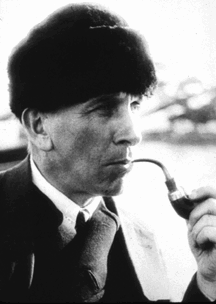
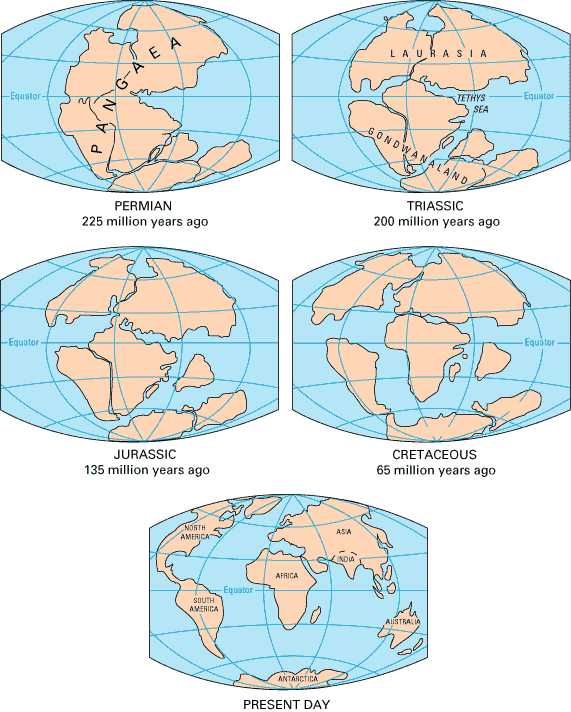
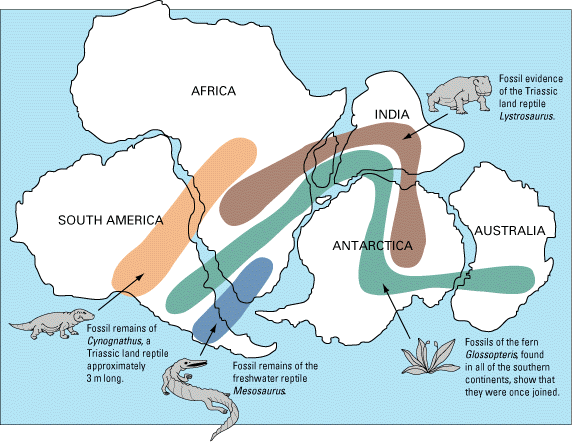
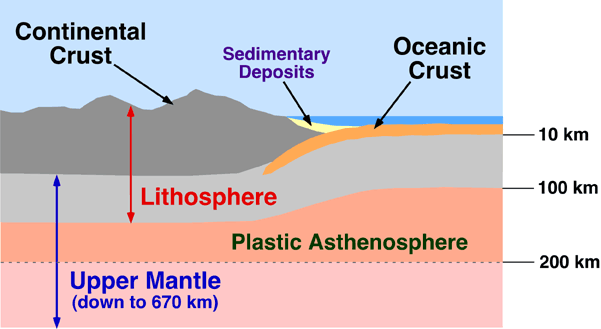
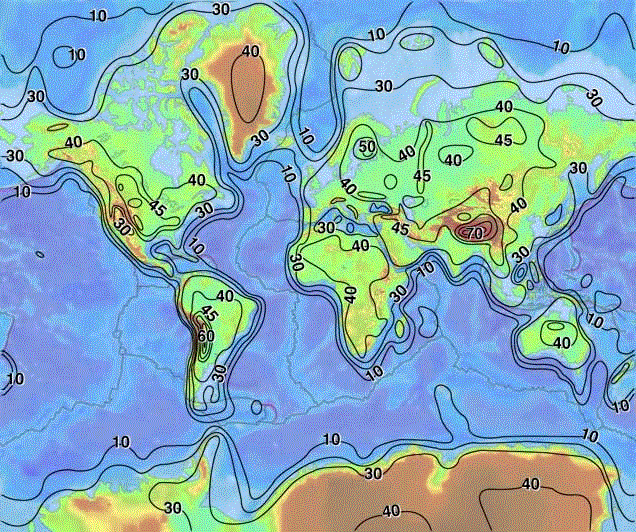
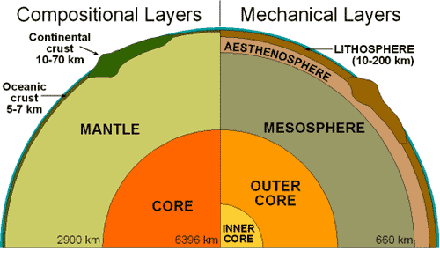
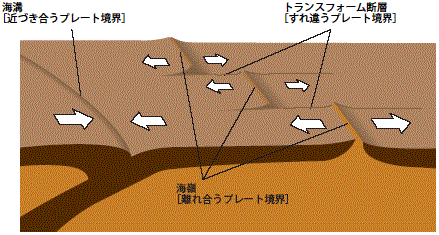
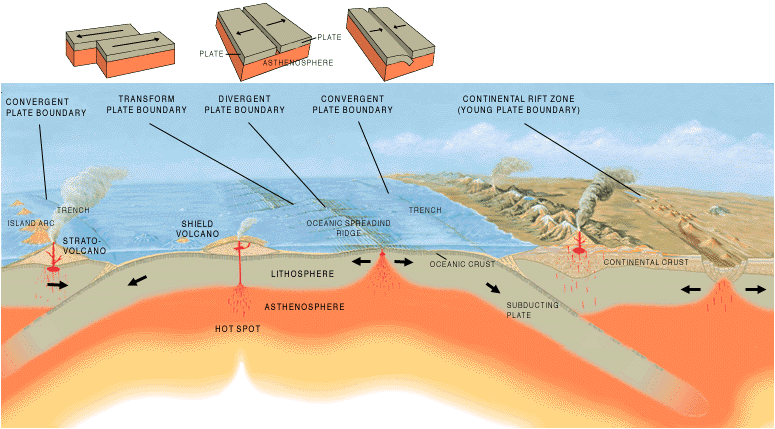
/Image2662.gif)
/Image2660.gif)
/Image2661.gif)
/Image927.gif)
/Image926.gif)
/Image925.gif)
/Image924.gif)
/Image631.gif)
/Image632.gif)
/Image888.gif)
/Image889.gif)
/Image891.gif)
/Image890.gif)
/Image670.gif)
/Image663.gif)
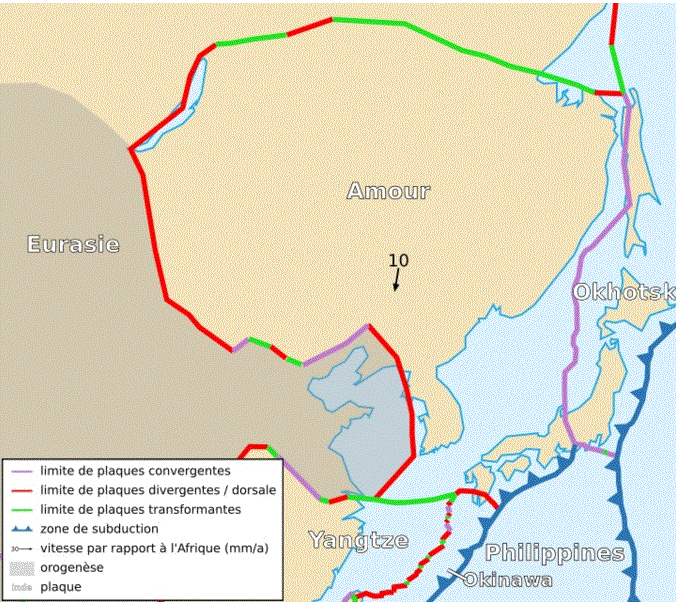
/Image616.gif)
/Image614.gif)
/Image617.gif)
/Image615.gif)
/Image671.gif)
/Image672.gif)
/Image673.gif)
/Image674.gif)
/Image28.gif)
/Image681.gif)
/Image678.gif)
/Image679.gif)
/Image680.gif)
/Image675.gif)
/Image676.gif)
/Image677.gif)
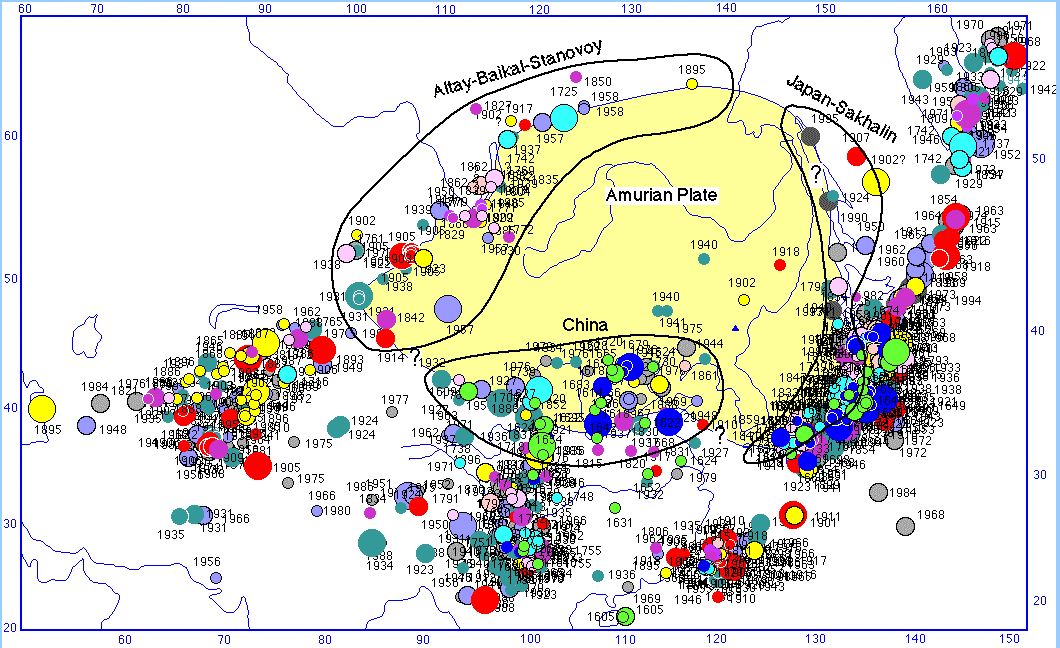
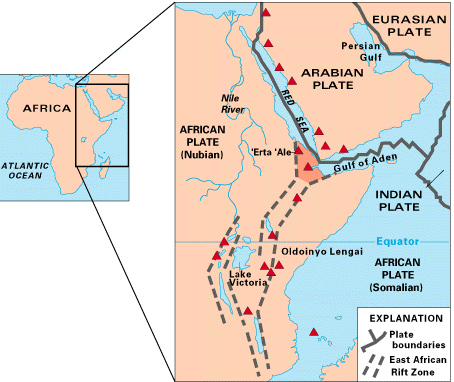
/Image2358.gif)
/Image2356.gif)
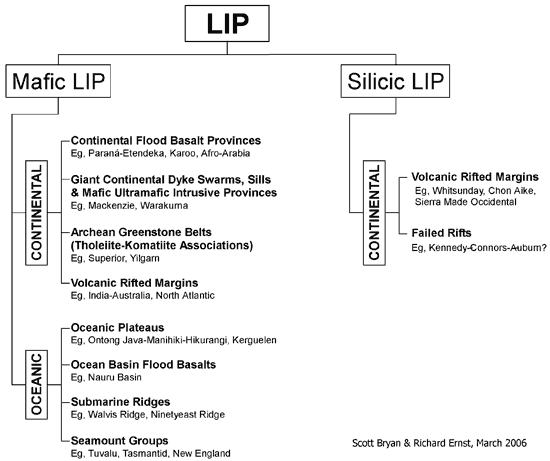

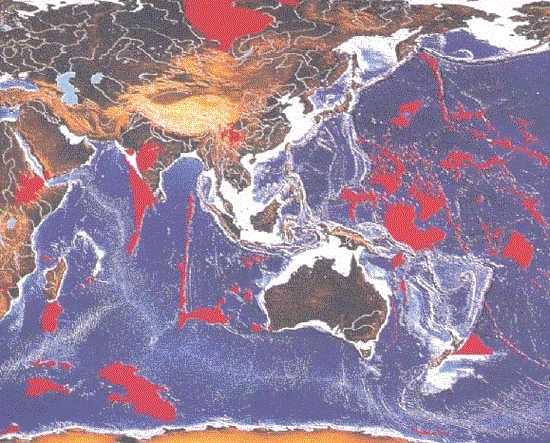
/Image2360.gif)
/Image2359.gif)
/Image633.gif)
/Image634.gif)
/Image635.gif)
/Image628.gif)
/Image629.gif)
/Image630.gif)
/Image623.gif)
/Image624.gif)
/Image625.gif)
/Image626.gif)
/Image627.gif)